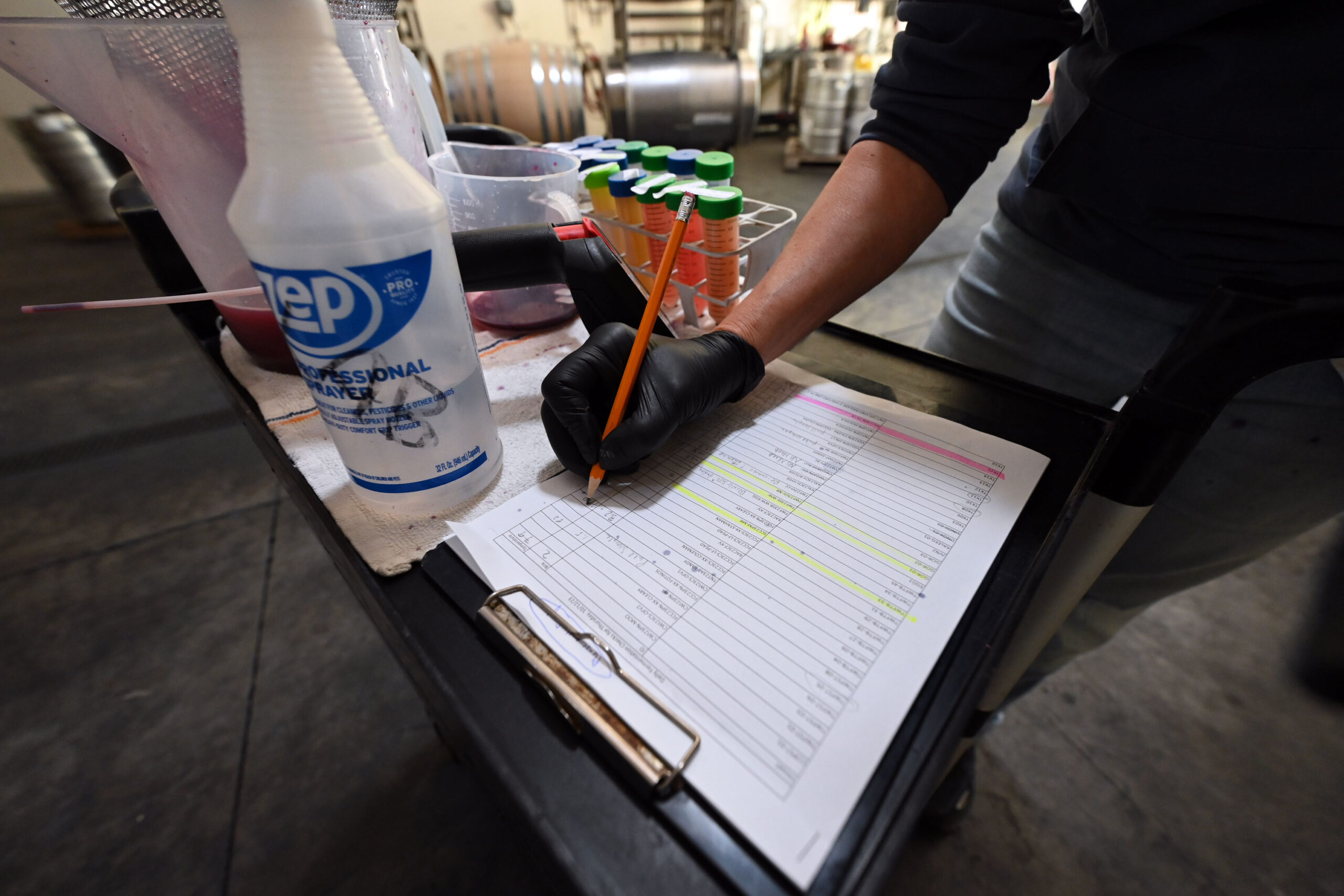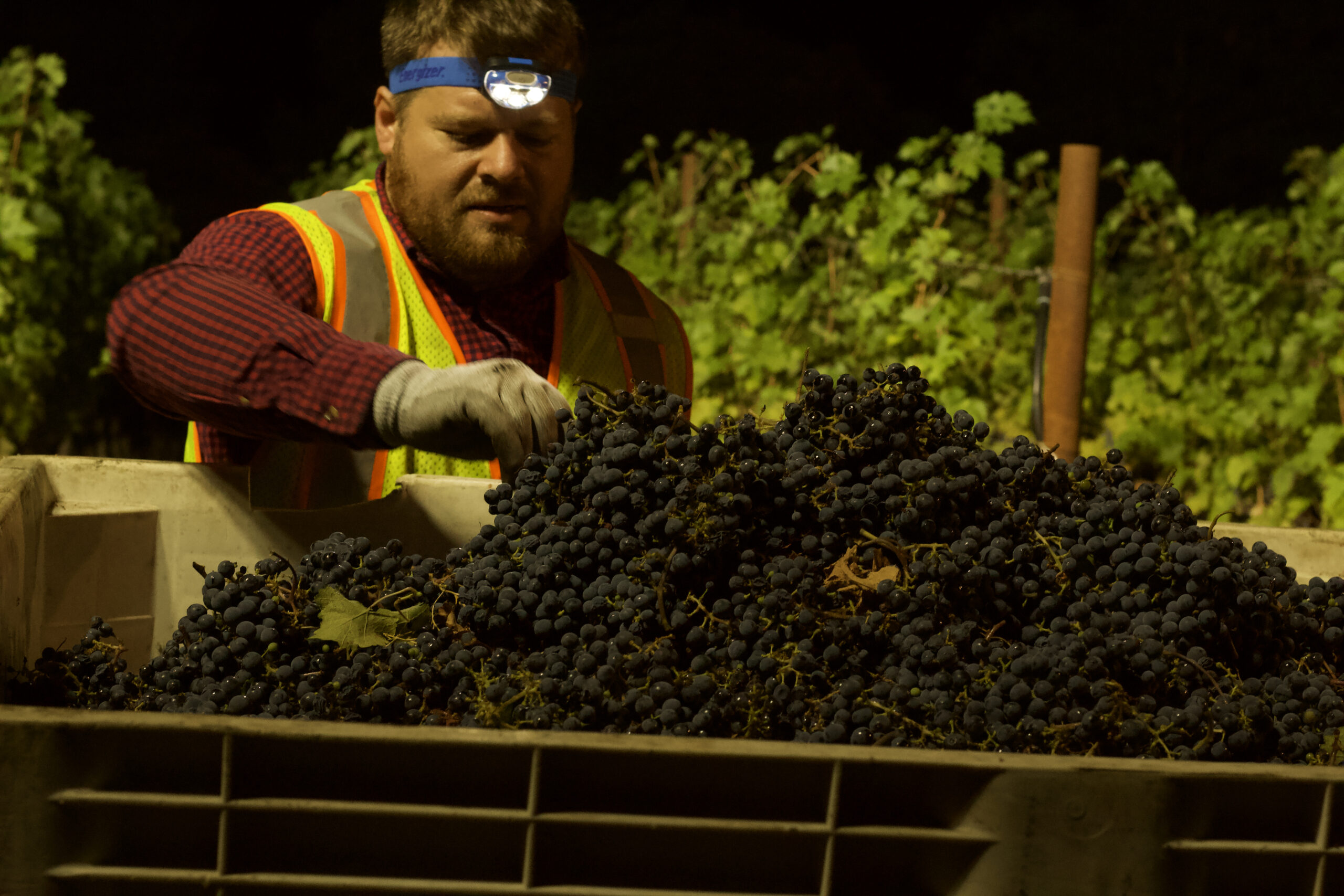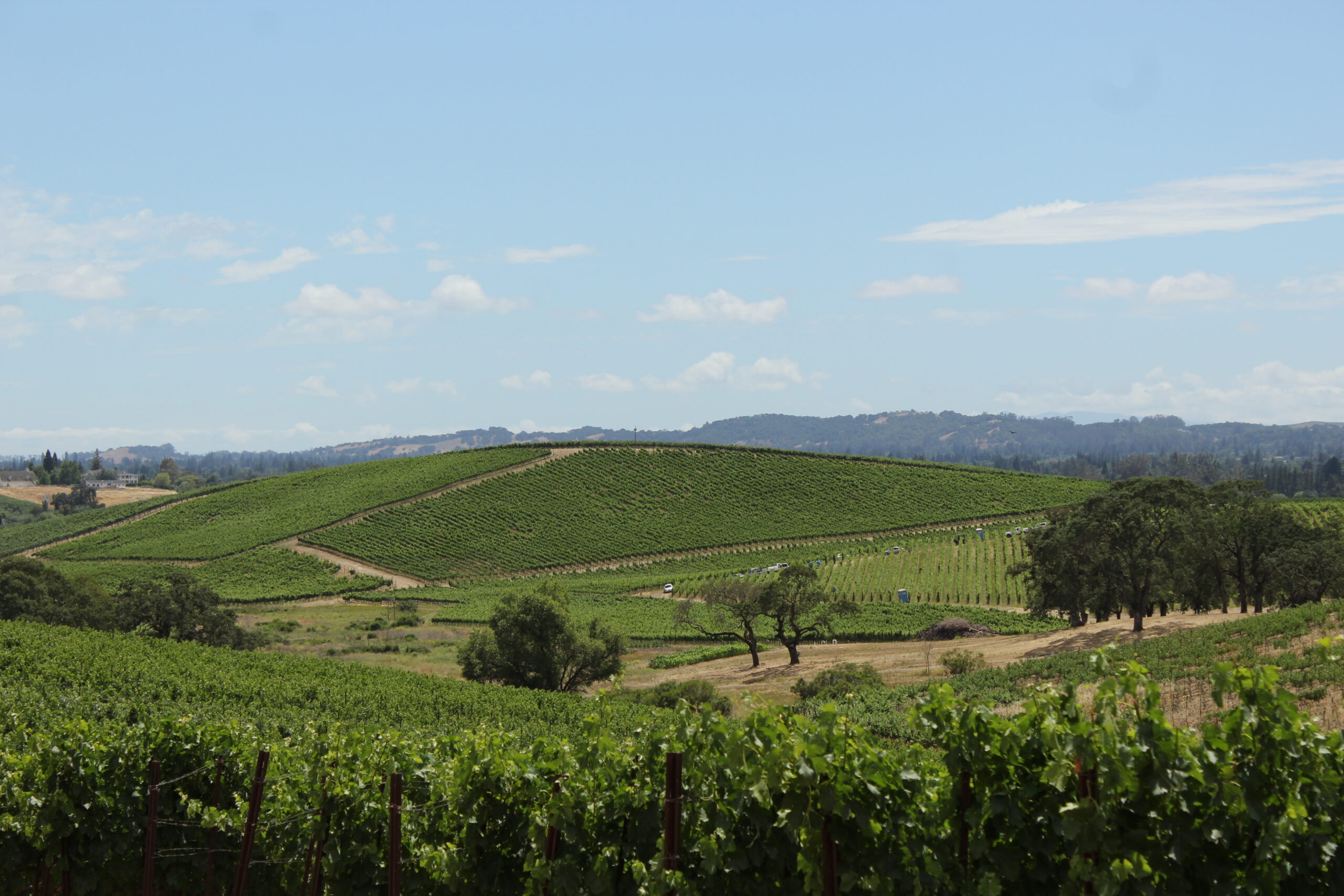It amazes me how much social media has changed the game for small businesses. Finally you are on the same playing field as companies (yes, that means wineries) with a much larger marketing presence, and budget. There are no longer any barriers to get people to learn about your wines – and build an engaged audience that will evolve into loyal customers. It simply comes down to what time you are prepared to dedicate to it.
Sometimes it helps to stop looking at your own Facebook page for a moment and consider big picture; social media as a whole has changed the way people search, shop, buy and share. The most powerful form of marketing was, and still is word of mouth. According to Nielsen 70% of people turn to friends and family for advice when making purchasing decisions. This is the reason why social media is well worth your time.
Firstly, let’s talk about Facebook. Your Facebook page is a place for your fans to comment and share. Your job is to encourage it. In my mind, Facebook is ideal for building and maintaining existing relationships. Twitter, on the other hand is actually great for developing new relationships. But in both cases, it is not about how many followers or fans you have. Your goal should be to get comments and retweets/shares, not just likes. The “holy grail” is really about getting others to talk about your brand.
I still hear from many people that are confused about how to use Twitter. On your screen it is a little less intuitive than Facebook, but in fact this is probably the most powerful listening tool you have. Think of Twitter as a never-ending cocktail party. By listening in and contributing to conversations you will build relationships. You can also tap into influencers that without this would probably be pretty difficult to reach (wine writers, bloggers, personalities, sommeliers etc).
If you’re feeling overwhelmed or wondering if you’ll be able to come up with the content every day, you can alleviate the last minute stress by creating a 3-6 month Conversational Calendar. This is a week-by-week calendar when you will plan out what you plan to post about, taking into account holidays, tasting events, significant events/news locally or further afield.
While there are a lot of social media platforms you can be part of, Facebook and Twitter are still the best places to start. Others you may want to consider are LinkedIn, Instagram, YouTube, Google+ and Pinterest.
Here are some general tips to get you started:
– Create a social icon that will work in a small square format (remember many people share on social on their phones). If your company name logo is too long you may need to create a symbol for use on social media platforms.
– Commit to a time each day to tweet, update your Facebook and thank people. Respond to every comment, good and bad.
– Add Facebook and Twitter icons to the homepage of your website.
– Be proactive and search for conversations to comment on.
– Get a custom URL for both Facebook and Twitter. (You can change the default URL to a custom URL in settings. For Facebook you need more than 25 likes in order to do this.)
– Add a high quality photo that reflects your brand to the top of your Facebook and Twitter pages.
– Remind your email list that they can connect with you on social networks.
– Spend as much time reading (listening) to what people are posting about
– Keep your posts relevant and timely. Try to connect your brand with what is going on in the world (when possible).
– Consider doing an exclusive offer for your social followers.
Tips for Facebook:
– On Facebook like other pages and comment/like other page’s posts to increase your brand exposure.
– Learn who your audience is through Facebook Insights. Pay attention to the posts that get the most likes, comments and shares. Plan posts that will resonate with them.
– Ask questions and find ways to get your fans to post on your page.
– Try to always include photos or videos in your posts.
– Post on a regular basis (3-10 times per week on Facebook).
– Tag other pages in your Facebook posts in order to increase exposure.
– Keep relevant topics in mind. Try to connect your brand with what is going on in the world (holidays, special events, significant news).
– Thank your fans and like their comments.
– Ask influencers to post on your page.
– Email new customers and ask them to connect on Facebook.
Tips for Twitter:
– Stop selling and start listening! Twitter is a powerful listening tool.
– @replies and mentions should be 60% of your tweets.
– Mention other brands/personalities’ Twitter handles in your tweets to increase exposure.
– Add popular hash-tags (e.g: #WineWednesday) to your Twitter posts to increase exposure.
– Follow wine influencers and people tweeting about your wines, or a varietal you specialize in. This can include restaurants, sommeliers, wine retailers, friends, media, bloggers, etc. Be part of the conversation they are having about wines/grapes/regions in general.
– By Mindy Joyce, Brand Strategy Coach


